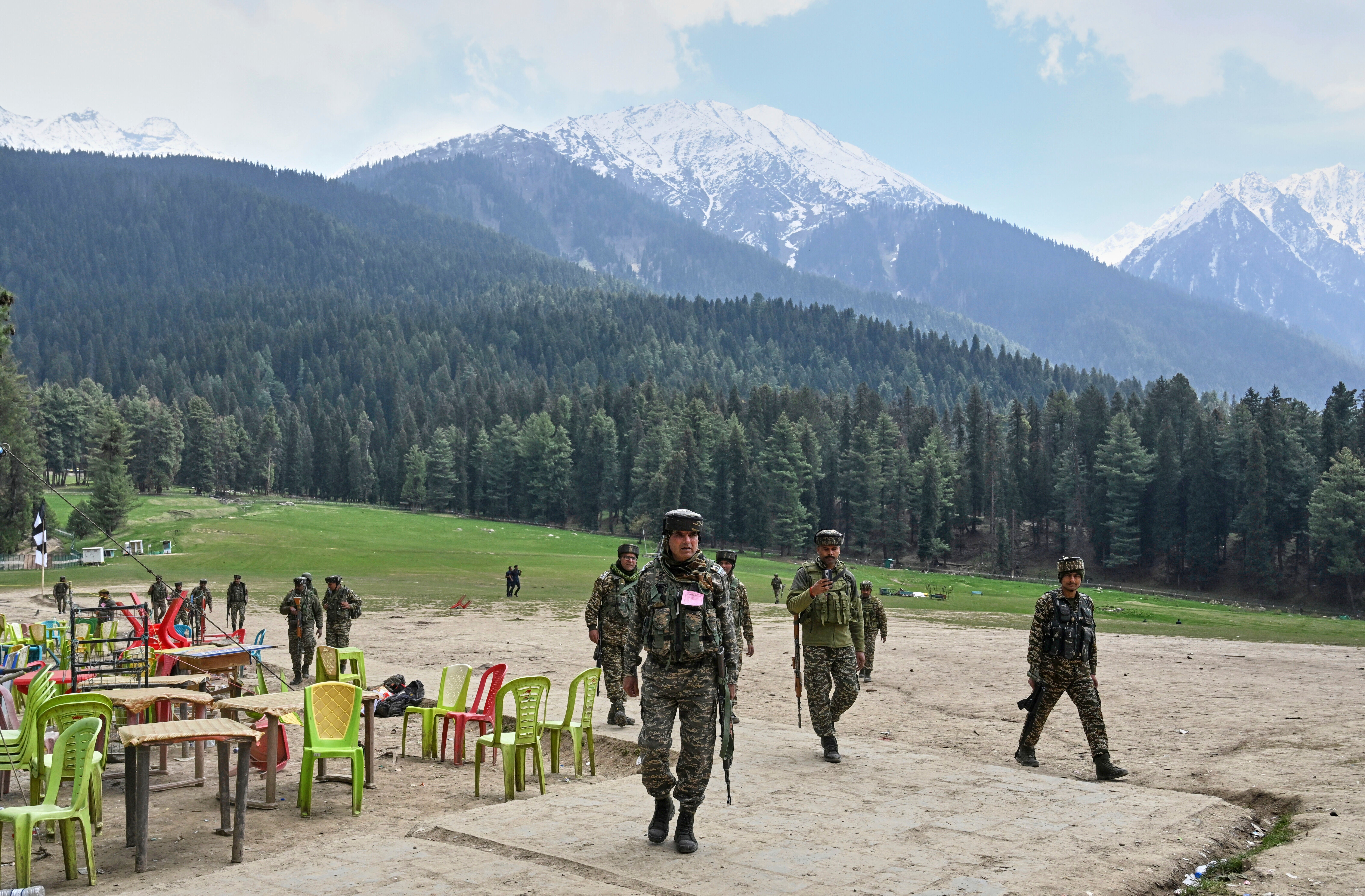India has announced the suspension of a decades-old river-sharing treaty with Pakistan following an attack in Kashmir that killed 26 people, a move that could mark a turning point in the management of a crucial transboundary water system.
New Delhi has blamed Pakistan for Tuesday’s attack on tourists in Pahalgam. It has, in fact, long accused the neighbour of supporting terrorism across the border, particularly in Kashmir, where an armed insurgency against Indian rule has raged since the late 1980s. Islamabad has repeatedly denied the accusations.
In the wake of the attack, Indian foreign secretary Vikram Misri announced the suspension of the 1960 Indus Waters Treaty, along with the downgrading of diplomatic ties and closure of land borders.
The decision is significant because the treaty has survived wars, border conflicts, and prolonged diplomatic freezes between the rival neighbours. Indeed, water has been one of the few stable elements in their strained relationship. But not anymore, it seems.
What is the Indus Water Treaty?
The treaty, brokered by the World Bank, divided the six rivers of the Indus basin between the two countries. The three western rivers – Indus, Jhelum, Chenab – went to Pakistan and the three eastern rivers – Ravi, Beas, Sutlej – to India. It allowed India, limited use of the western rivers for non-consumptive purposes like hydropower generation, but prohibited it from altering their flows in a way that could harm Pakistan’s access.
However, Delhi has now declared that it would stop participation in the treaty “until Pakistan credibly and irrevocably abjures its support for cross-border terrorism”.

Why ‘suspension’ is contentious
There is no legal provision in the treaty for suspension, making India’s announcement unprecedented. Experts say while India’s move may not translate into an immediate disruption of river flows, it erodes the predictability the deal ensured, which in turn could unsettle Pakistan’s already fragile water systems.
“There is no provision for suspension in the treaty, so we are entering into a grey area,” Himanshu Thakkar, coordinator of the South Asia Network on Dams, Rivers and People, told The Independent.
“If India stops participating in the mechanisms such as data-sharing and project reviews, it could still have implications for how downstream flows are managed.”
According to the treaty, India is required to allow 43 million acre-feet of water to flow into Pakistan annually. That makes up roughly 80 per cent of Pakistan’s total surface water, a crucial lifeline for its agriculture, cities, and hydropower generation.
Pakistan’s growing concerns
Pakistani officials strongly condemned the decision. Energy minister Awais Leghari described the suspension as “an act of water warfare; a cowardly, illegal move”.
“Every drop is ours by right and we will defend it with full force, legally, politically, and globally,” he said.
Environmental experts in Pakistan say the bigger threat lies not in India cutting off water flows, which is hydrologically and politically difficult, but in the slow degradation of river systems and the loss of predictability.
Muhammad Abdullah Deol, a water scientist with Green Planet Consultant Netherlands, said this moment could be an opportunity for renegotiation of the treaty to reflect the realities of the 21st century.
“Everything changes with time. It was in the 1960s. If we look at the geography, the science, technology, and population, I think it would be good if both countries can just negotiate, renegotiate,” he told The Independent.
Mr Deol pointed out that both countries were using outdated irrigation techniques that ended up wasting vast quantities of water – something that could no longer be afforded as populations grew and climate impacts worsened.
“We need to work on our agriculture, and we need to renegotiate because, like I said, with the changing world everything is changing,” he said. “So I think for the peace and prosperity of both people at the end of the day, it’s 13 per cent of the human population, and we should sit together and we should use water for peace and not for power.”

Mr Deol also raised environmental concerns. There could be damage to coastal ecosystems due to less freshwater reaching the Indus Delta, for instance. “Running water itself is a form of protection,” he said. “When the river reaches the ocean, it carries sediments that maintain the coastline. Without that, the ocean rises and eats away land – and Pakistan is already losing land to the sea.”
He said some Pakistani policymakers believed the treaty, in its current form, failed to account for issues such as wastewater discharge from India and the cumulative ecological impacts downstream.
Outdated treaty in a changing climate
Other regional experts agree that the treaty no longer reflects the environmental and political landscape of today.
Ambika Vishwanath, founder director of the Kubernein Initiative, said while the treaty was “technocratic and engineering-led”, it did not anticipate the extreme climate patterns now seen across South Asia.
“The treaty didn’t take into account climate change – because that science didn’t exist then. But the kind of flooding, glacier melt and droughts we’re seeing now were never part of the design,” she said. “That’s why this suspension, even if temporary, opens a window to revisit how the treaty works.”
Still, experts warn that India’s decision to step away from its treaty obligations could set a damaging precedent for future transboundary water negotiations – not just in South Asia but globally. India itself is a lower riparian in other international river basins, such as the Brahmaputra, where it insists on the sanctity of flow-sharing principles.
The Indus Water Treaty may not be perfect, but it is a rare example of enduring cooperation between two rival nations. Its suspension – even without immediate consequences – marks a shift towards uncertainty, with water again at the centre of geopolitical risk in the region.

